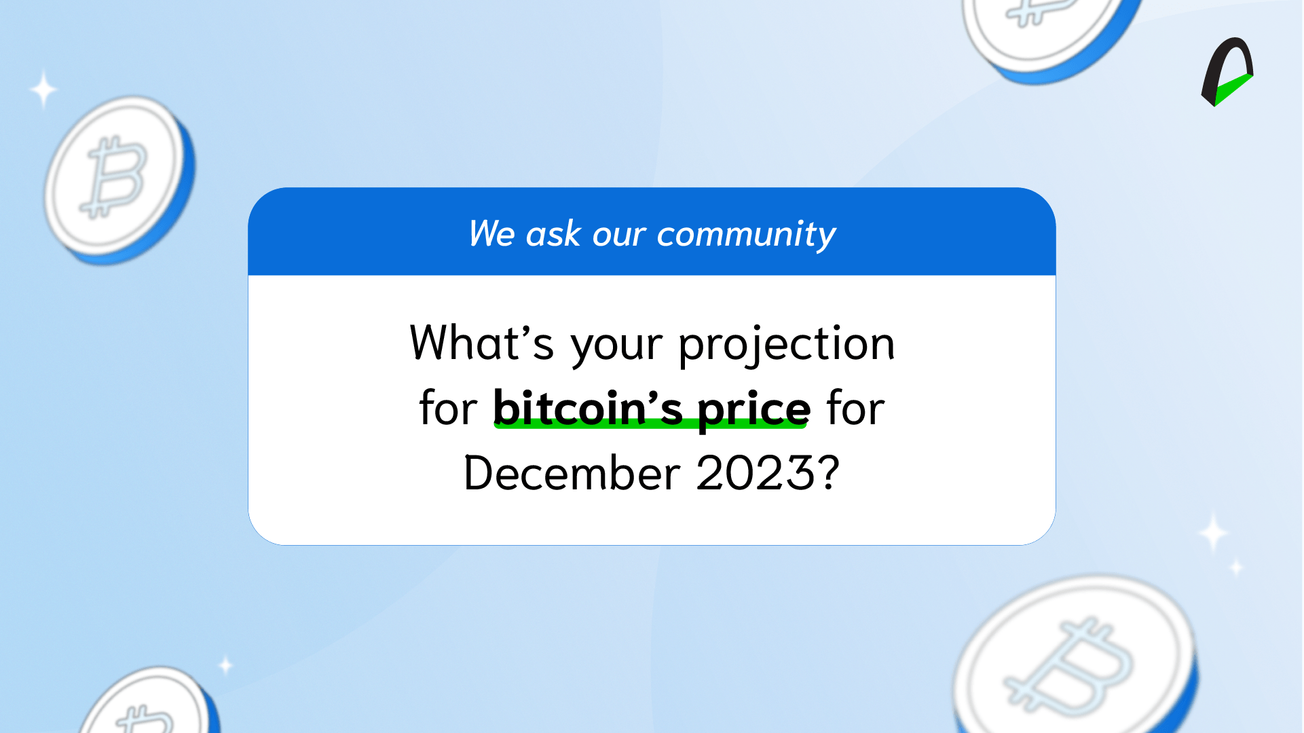For Bitcoin veterans, the historic price increases are not a surprise. Neither are the seasonal falls. And this is when you are probably wondering, "why?".
As the supply of Bitcoin is reduced, its maturation occurs in a series of historical cycles that have always followed the same pattern.
The Bitcoin supply rate has a fascinating history. Every four years, the amount issued is halved, no matter what; if demand remains stable after this reduction, technically known as a halving, prices rise accordingly.
The halving-driven cyclicality theory suggests that Bitcoin becomes increasingly prevalent when its price increases as more people become aware of its unique properties.
So, explained in straightforward terms. The supply is reduced by half, the demand is held, and by the law of supply and demand, prices rise. Add to that waves of news increasing demand, and the rest is history.
With that said, let's dive deeper into the history of halvings and their role in Bitcoin prices.
For those who see Bitcoin as an investment vehicle, the historical volatility in response to halving events is extremely interesting.
While it's impossible to predict what will happen next time (because past results never guarantee future developments), we can gain insight into past trends and use this data to speculate on what to expect.
With the first halving of 2012, Bitcoin experienced a steady increase in price with an impressive growth rate of 341%. What happened after this first event? A price drop that lasted for about one year.
Bitcoin experienced a meteoric rise before and after its second halving event in July 2016. Prices rose an average of 112% over the previous nine months, trading at $650 per BTC at the time it happened, 52 times more than during its last halving period.
As daily issuance dropped from 3,600 to 1,800 Bitcoin per day due to this development, the asset shot up another 2,800%, coming close to hitting all-time highs.
Similar to the bear market after the first halving, with the second (and after its bull run), Bitcoin fell almost 80% over 12 months when it hit a floor of around $3,200 in December 2018.
So far, we have seen that the first two halvings behaved similarly. An expectation rally, a post-halving run, and a one-year bear market.
Something very similar happened in 2020. That was the most significant bull run the asset has ever had, reaching all-time highs of almost $65,000 per BTC. What happened after? The bear market we are in now and that follows the same pattern as the previous ones.
Do you know what else is interesting? That all those bearish years have had similar patterns in pessimistic industry news.
In 2014, for example, when the industry was still in its infancy, the major scandal was the crash of Mt Gox, the leading Bitcoin exchange at the time. Doesn't that sound similar to FTX?
And in 2018, what happened? Yes, the massive crash of Quadriga FX, which at the time was one of the largest exchanges. So much so that there is even a documentary on Netflix about it.
Good years and a bull run followed by a bad year with crashes and pessimistic news.
History is cyclical, and Bitcoin is not immune to this. So with this information, I would like to know your opinion about it. What do you think the price of Bitcoin will be in 1 year, in December 2023, knowing that we are already closing the bearish year?








